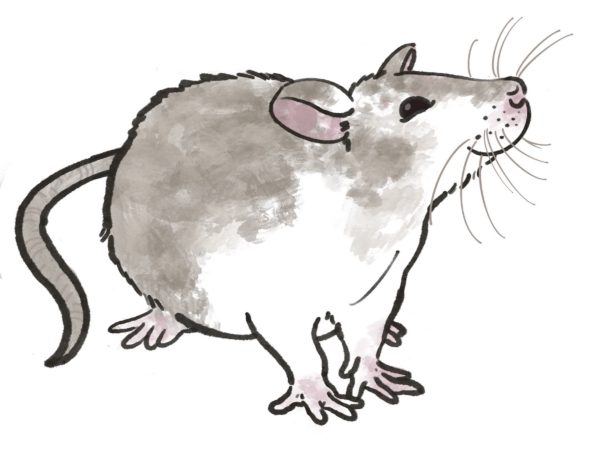During this time, what we now call China developed from a collection of isolated cultural communities to a set of organized states which eventually coalesced around the idea of a single unified state, and then expanded to include contact with other civilizations.
The first step was the development of agriculture. This resulted in settled life which produced surplus or stored goods. As more and more cultures came into close contact, the need for defense arose, and communities were walled in for protection. Societies became stratified around rulers and subjects, with allegiances and authority based on clan lines.
Organized warfare on a massive scale began. In its rise to civilization, China developed a system of writing, various beliefs about heaven and the cosmos, as well as technological breakthroughs that allowed for political control and economic expansion.
The rise of civilization in China meant a gradual process of organizing disparate groups around a set of common beliefs, first by force, and then by articulating what it meant to be Chinese. This self-consciousness of ‘Chinese-ness’ first occurred during the Eastern Zhou dynasty (770‒221 BCE) when a ‘hundred schools’ of philosophy debated everything from the nature of man to notions of proper conduct and the ideal ruler. This period was so influential that later dynasties would refer back to it as a measure of their own worth.
The Neolithic period through the Han dynasty can be broken down into the following periods:
*The Neolithic period, or New Stone Age, is usually broken down into regional areas, such as North-eastern China, North-Central, Eastern, South-eastern and South-central China. Furthermore, each area can be broken down into earlier and later Neolithic cultures.
**The Erlitou period, named after the excavated site of an ancient capital, continues to be a source of debate. Some historians believe it to be the site of the ancient Xia dynasty. Others consider it to be the early stages of the Shang dynasty. Dates for the Erlitou, Erligang and Anyang phases of ancient China are also subject to debate. The period of time from the Xia through the Zhou is often referred to as the Bronze Age in China.
***Western and Eastern signify a change in the capital of that dynasty from west to east, for example from ancient Chang’an (Xi’an) to Luoyang. The Eastern Zhou is divided up into several periods. During theWarring States, for example, power shifts to several competing states. Zhou continues to rule as a puppet state while others jostle for power. The Qin eventually suceed in defeating all other states, uniting China for the first time. Imperial China begins at this point.







